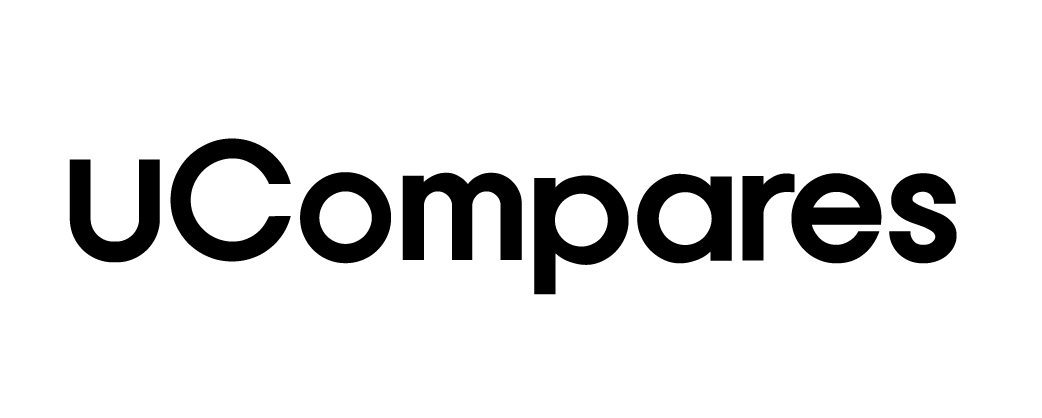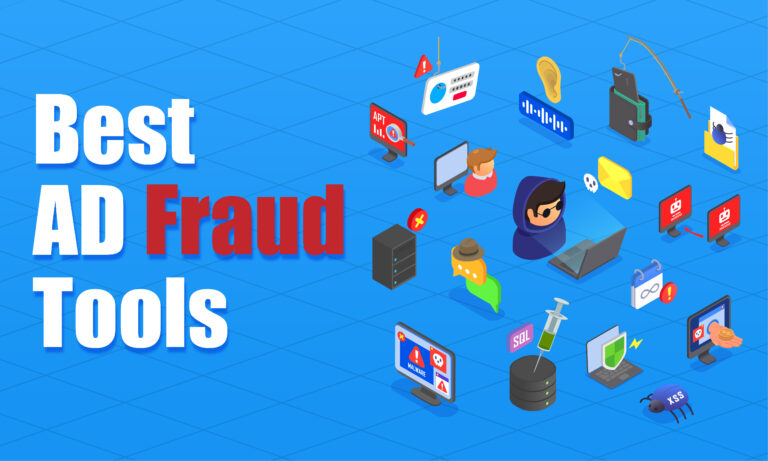Ad fraud is a persistent issue in the advertising sector, affecting the quality of inventory for advertisers and marketers. It involves the manipulation of engagement metrics to create fake impressions, clicks, and traffic, which negatively impacts revenue generation and click-through rates. In the world of programmatic advertising, the chances of encountering ad fraud increase significantly. Thus, using ad fraud detection tools is essential to protect your ad budget and optimize ad spend.
What Is an Ad Fraud Tool?
Ad fraud is the practice of generating fake clicks, impressions, and installs to exploit mobile advertising technologies and create fraudulent revenue. It leads to substantial advertising budget wastage. The right ad fraud tools help prevent such losses by identifying and blocking illegitimate data. Tools like TrafficGuard, AppsFlyer, and FraudScore detect and combat ad fraud in real-time, helping advertisers maximize their return on investment (ROI).
How Do Ad Fraud Tools Work?
Ad fraud tools detect and prevent attempts to deceive online advertising networks for financial gain. These tools often use sophisticated techniques to identify fraudulent activities, such as click bots simulating human behavior to generate fake clicks. Although bots are commonly used, scammers can also exploit other methods to defraud advertisers and networks. Tools designed to combat click fraud often rely on bot detection algorithms that analyze clicks from a network of devices, flagging suspicious activities for review.
Benefits of Using Ad Fraud Tools
Ad fraud tools offer numerous advantages:
- Improved Budget Efficiency: By filtering out fake traffic, these tools help optimize ad spend.
- Revenue Growth: Ensuring genuine traffic increases the potential for higher conversion rates.
- Enhanced ROI: Some tools report an increase in ROI for Google Ads by up to 20%.
- Brand Safety: Protect your brand from being associated with fraudulent activities.
- Transparency: These tools provide insights into ad operations, helping advertisers maintain clarity.
- Increased Ad Effectiveness: Accurate metrics enable more effective ad campaigns.
- Support Systems: Many ad fraud tools come with dedicated support teams to assist in implementation and optimization.
Best Ad Fraud Tools in 2025
Here’s a look at the top 15 best ad fraud detection tools that have been highly effective over the past two years:
- SEON
- Signifyd
- Sift
- Kount
- Emailage
- ArkOwl
- Ekata
- TruValidate
- ThreatMetrix
- Cybersource
- FraudHunt
- Accertify
- IAS (Integral Ad Science)
- White Ops
- Pixalate
1. SEON
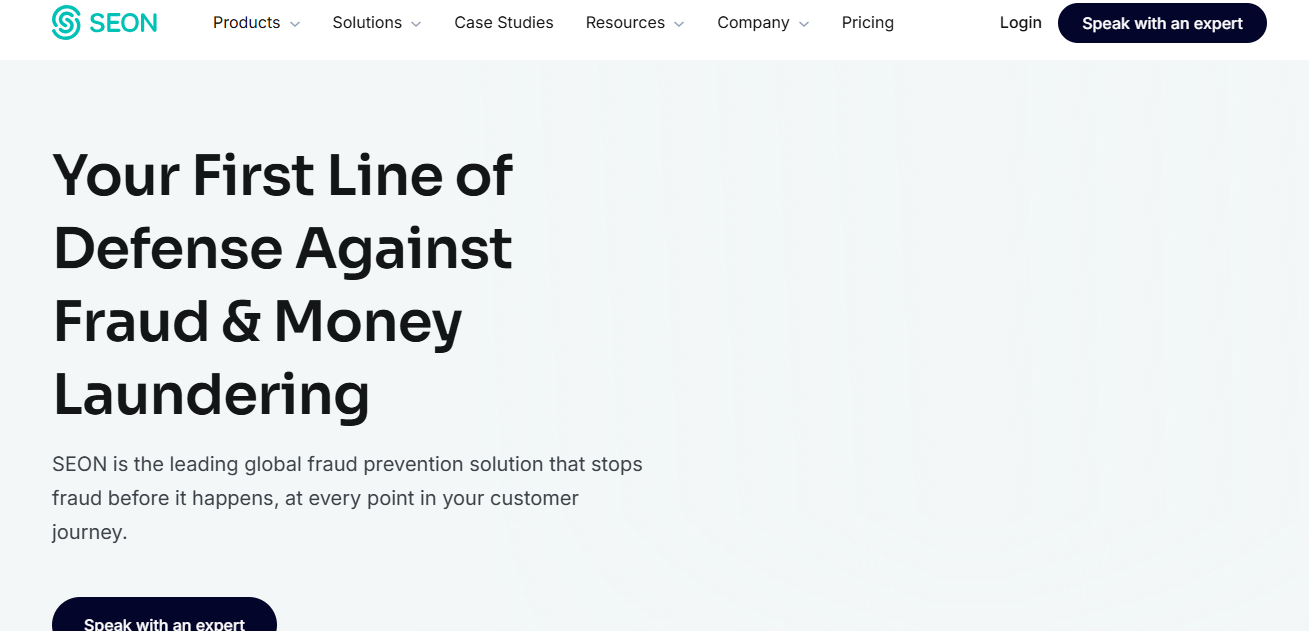
When it comes to tools and technology, SEON features include comprehensive data enrichment based on an email address, IP address, or phone number, in-depth device fingerprinting (to understand how users connect to your website), and a way to search 50+ social media and online networks for relevant user info that will reveal your customers’ true intentions.
The API calls make the connection flexible, and many companies even employ SEON as an additional layer of security for data enrichment only (available via a Chrome plugin, among others).Last but not least, you have full control over the risk guidelines and can even receive recommendations from a potent machine learning engine.
Pros:
- Modular solution for various fraud risks.
- Machine learning suggestions for customizing fraud rules.
2. Signifyd
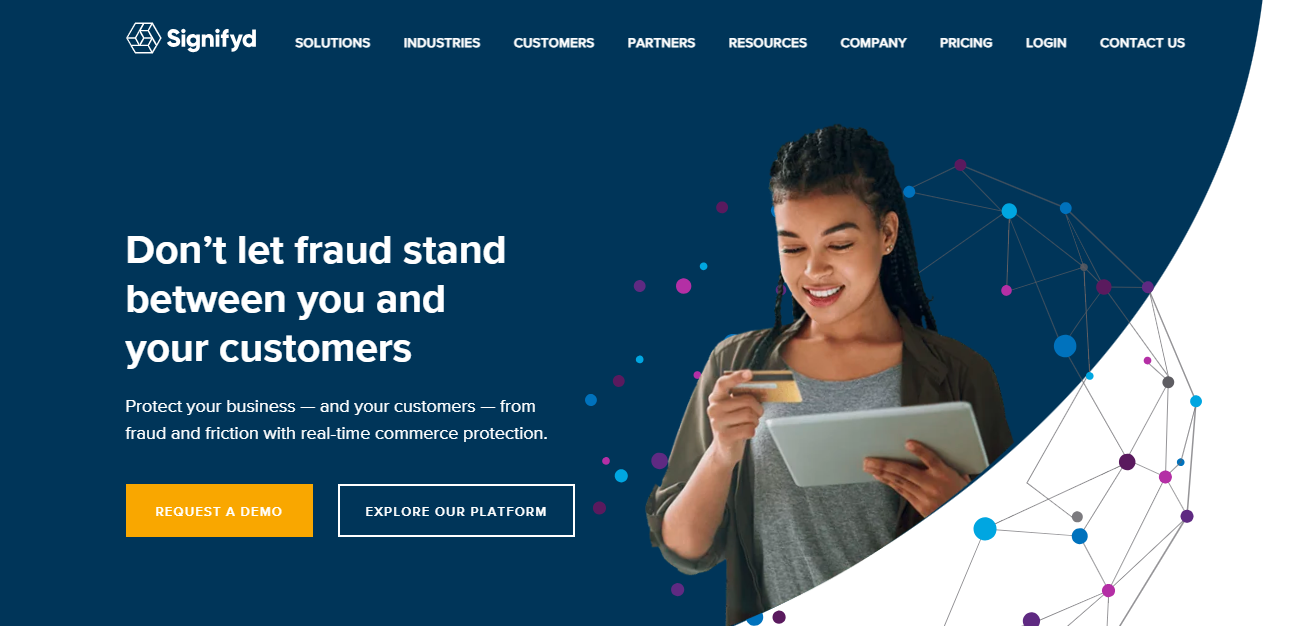
The team at Signifyd will take good care of you. Two programmers shifted their skills toward developing fraud software after leaving PayPal, with an emphasis on business clientele engaged in e-commerce.Through its three main products, Revenue Protection, Abuse Protection, and Payments Optimization, Signifyd now offers protection to 10,000 online stores across the world.
Their goods are designed expressly for huge transaction volumes, and they even automate chargeback protection using a chargeback-guarantee model where they take on the cost of chargeback administration.Popular Signifyd clients include Samsung, eBay, Illy, Birkenstock, and eBay.
Pros:
- Automated chargeback protection.
- Includes tools for detecting friendly fraud and return abuse.
3. Sift
Sift, which was founded in 2011 and is now worth $1 billion, was partially sponsored by the startup accelerator Y Combinator. A whopping 34,000 websites and applications, including household names like Airbnb and McDonald’s, are covered by their fraud prevention serviceOne of its main offerings is a Digital Trust and Safety Suite, which assembles every separate API tool into a single integrated solution.
Pros:
- Enterprise-level solutions tailored for large businesses.
- Effective chargeback resolution features.
4. Kount
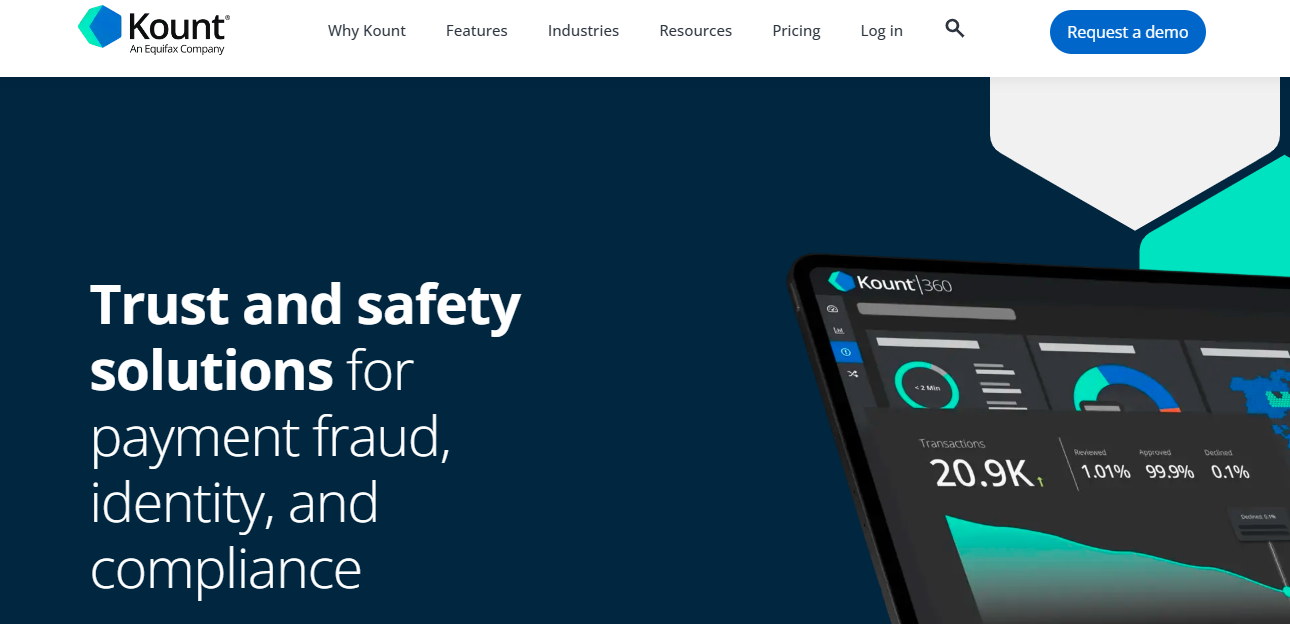
Brad Wiskirchen founded Kount after sketching up his concept “on the back of a napkin over a sushi lunch.” Kount quickly expanded into a fraud detection giant, serving 9,000 clients globally. Early in 2021, Equifax purchased it.With 30 technical patents under its belt, Kount is primarily focused on enterprise clients including Barclays, PetSmart, Staples, and Chase.
Pros:
- Supports multiple industries and high-volume transactions.
- Customizable rules for automated fraud prevention.
5. Emailage
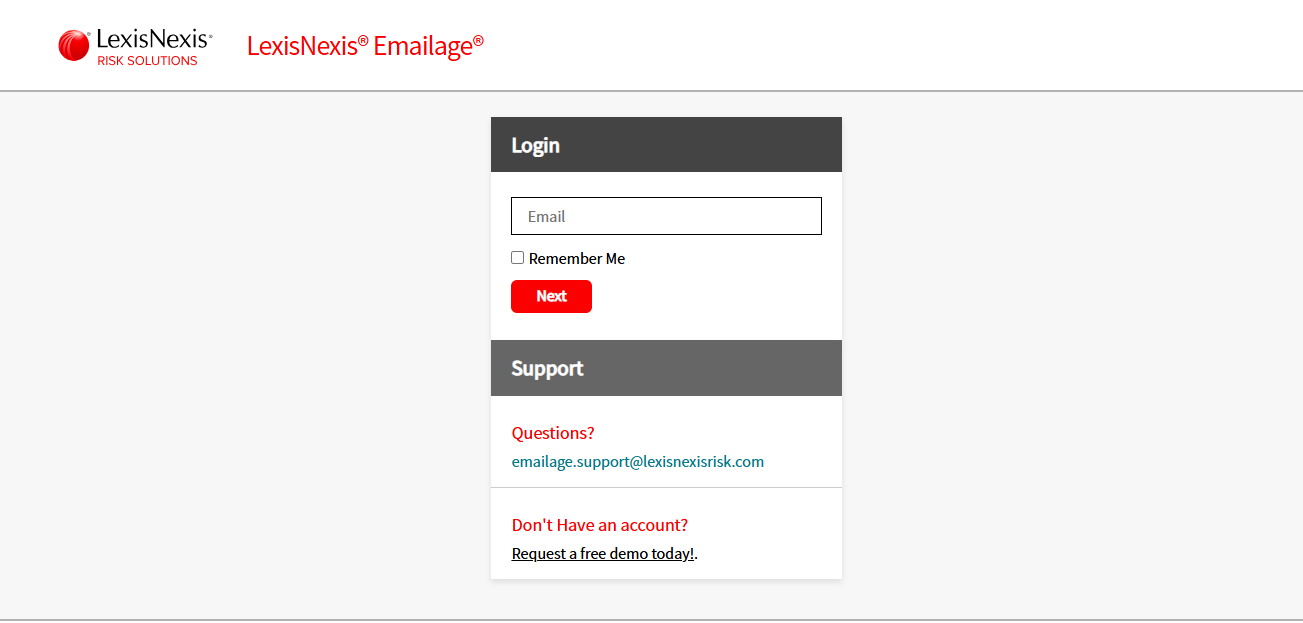
When used correctly, an email address can be a valuable source of information. It is the area of expertise of LexisNexis’ Emailage, allowing you to obtain a client profile and related risk score with only an email address. Despite being a startup at first, Emailage has now integrated its technology with LexisNexis, a sizable cybersecurity and risk management company, allowing it to access data from 30 million fraud occurrences and 5.9 billion digital identifiers annually.Emailage advertises that it has clients in a number of sectors, including banking, online gaming, OTA, and e-commerce, but the website doesn’t include any of its actual customers. However, any insider in the business will tell you how highly regarded this vendor is.
Pros:
- Real-time alerts for email-related fraud.
- Part of the LexisNexis Risk Network for seamless integration.
6. ArkOwl

Mike Greiling and Rob Daline, two GitLab engineers, founded ArkOwl in 2012, and it joined NICE Actimze’s platform-as-a-service in 2019.What makes ArkOwl so appealing? Its capacity to extract information from brand-new databases, including those at social networking sites, WHOIS databases, webmail hosts, and service providers, among others. When examining domain information, for example, it can perform data enrichment based on an email address, phone number, or IP address.
Pros:
- Live social media data for real-time verification.
- Flexible payment options.
7. Ekata
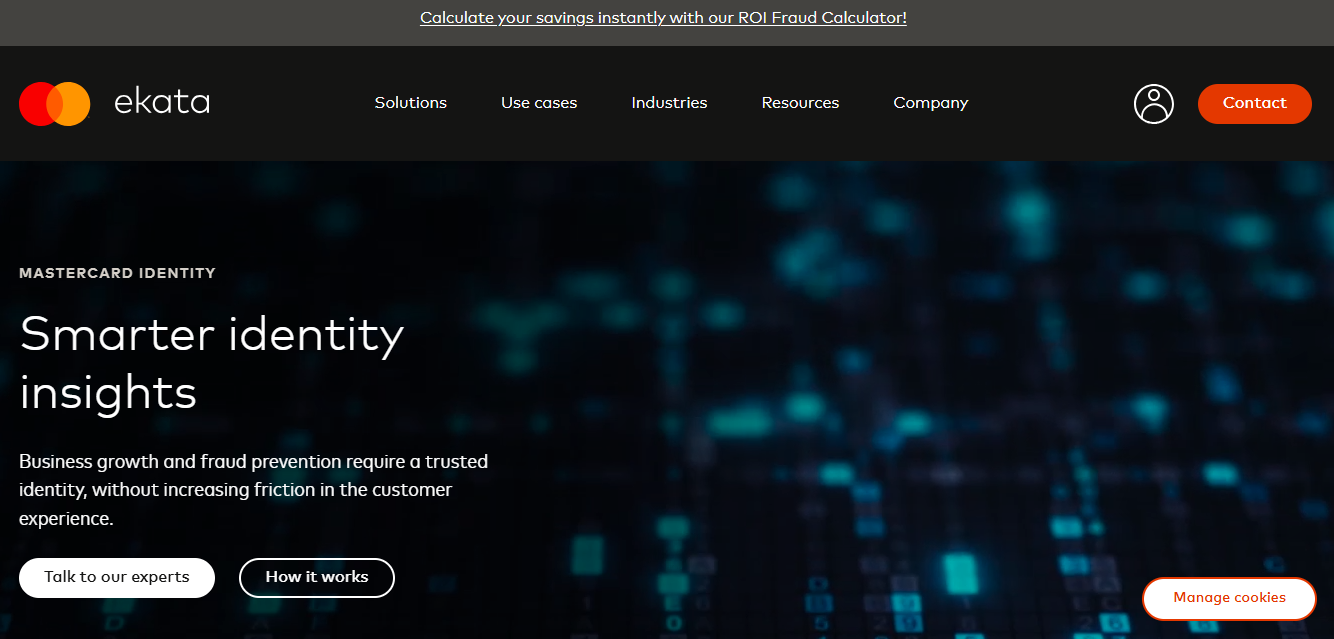
Another proven and mature fraud detection programme. Ekata, a global provider of identity verification and fraud protection, was established in 1997 (previously going by the name Whitepages). Its APIs include a Transaction Risk API, Address Risk API, and Phone Intelligence API.
Pros:
- Comprehensive machine learning solutions.
- Suitable for manual transaction analysis.
8. TruValidate
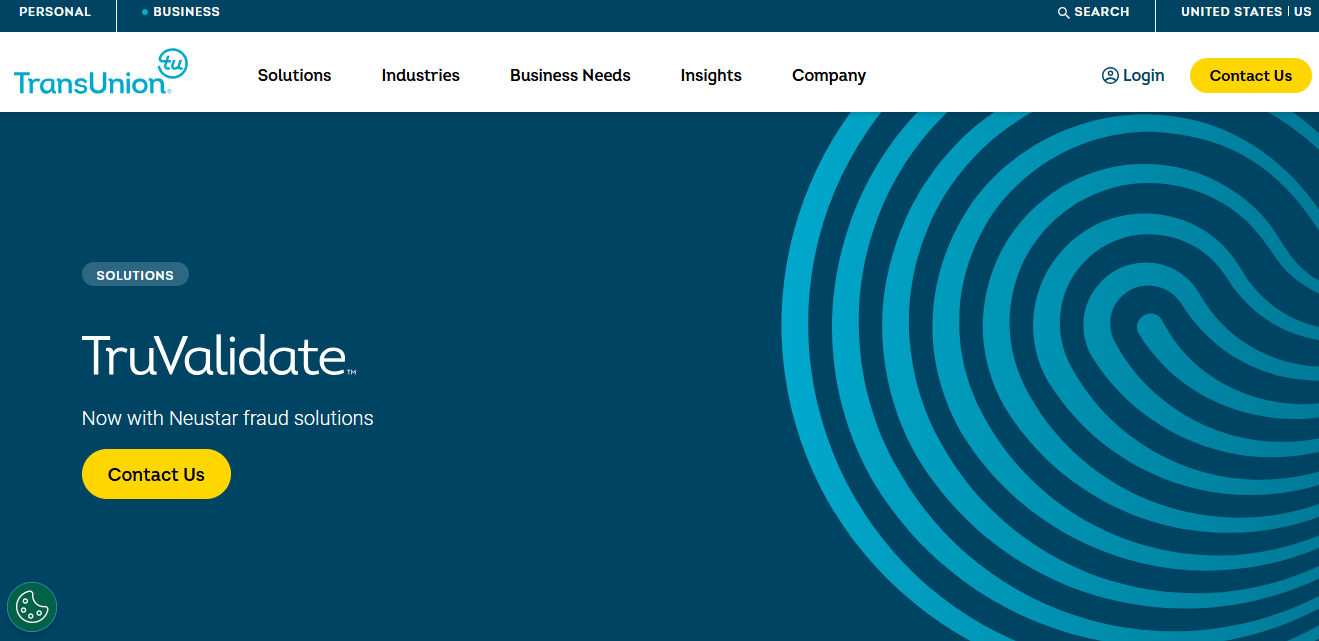
Don’t get confused by the numerous name changes: An experienced expert in iGaming fraud protection, TruValidate (previously TransUnion and Iovation), has been in business since 2004.Their main offering is device recognition technology, which is essentially the industry standard for fraud detection in the iGaming industry.
Pros:
- Native device fingerprinting for better fraud detection.
- Part of the TransUnion ecosystem for streamlined integration.
9. ThreatMetrix
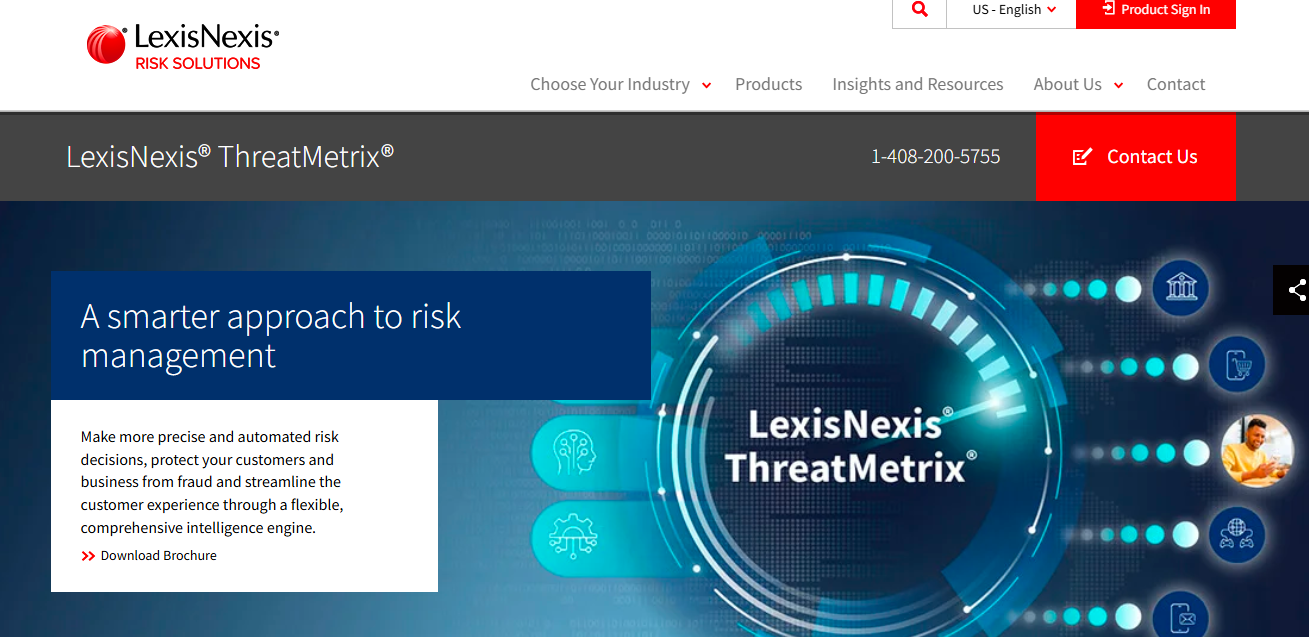
ThreatMetrix, which was established in Australia in 2005, was later purchased by the LexisNexis Risk Solutions platform, which also consists of the aforementioned Emailage. ThreatMetrix’s trust judgments and fraud detection are informed by 78 billion records, with 270 million transactions being processed and evaluated daily, thanks to the extensive databases of LexisNexis’ parent company.
Pros:
- Access to the ThreatMetrix Consortium for industry-specific fraud insights.
- Mobile SDK for enhanced mobile channel security.
10. Cybersource
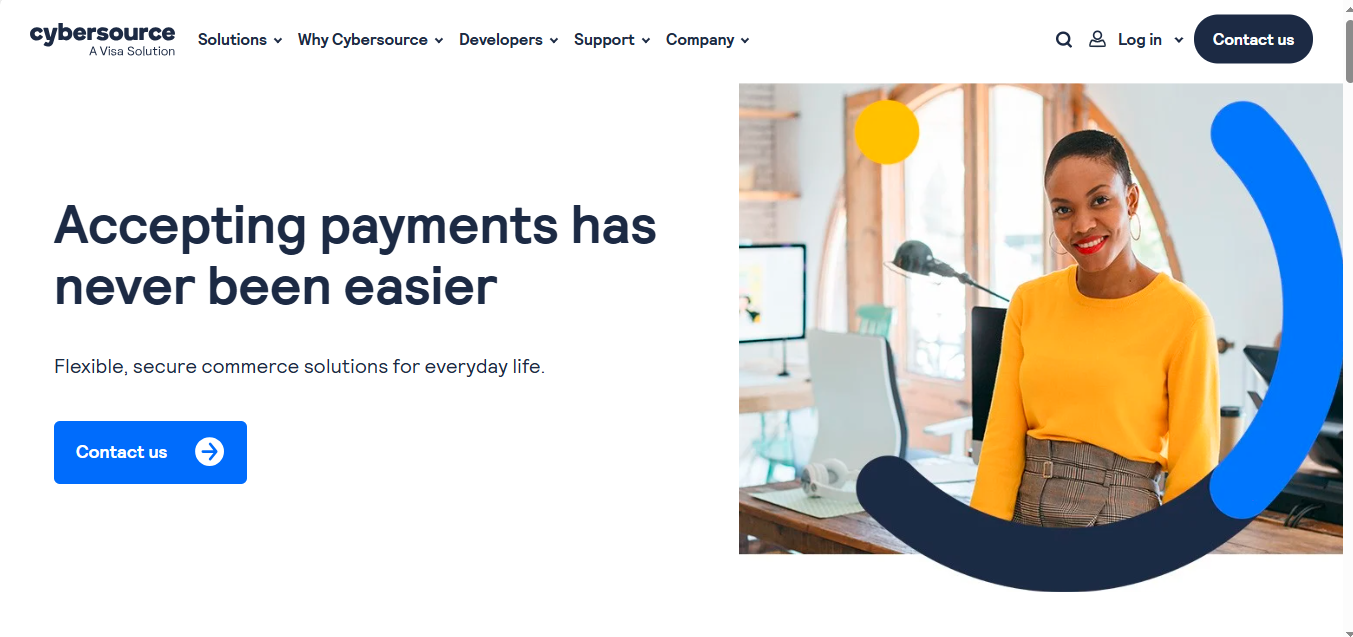
Naturally, there are high expectations for this programme because it is Visa’s in-house fraud solution. When e-commerce first became a reality, Cybersource was a leader in online payment. In 2007, it acquired Authorize.net, further enhancing its capabilities.Cybersource provides four primary modules to combat payment fraud, all of which are driven by Decision Manager software from Visa, which handled almost 2.2 billion transactions last year in terms of processing and analytical capability.
Pros:
- Modules for diverse payment methods and fraud prevention.
- Dynamic machine learning models for real-time analysis.
11. FraudHunt
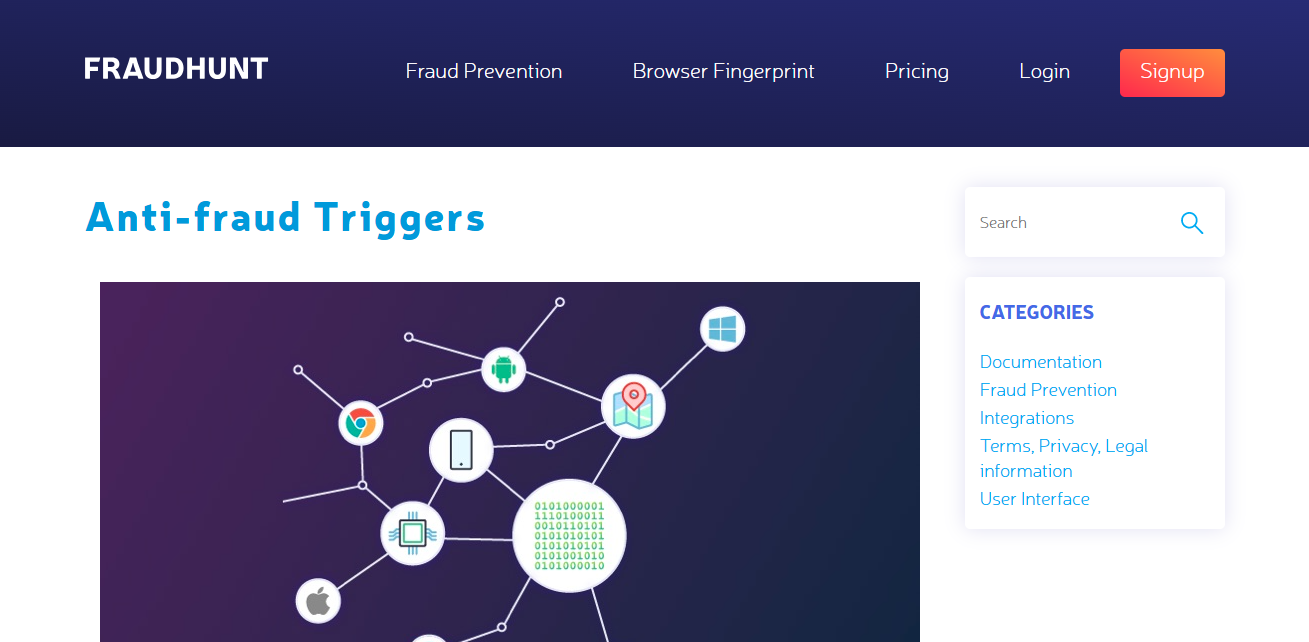
With the intention of offering emerging markets a simple and cost-effective fraud prevention solution, FraudHunt was established. In order to do this, the founding team of data analysts and developers used tried-and-true techniques to create a platform that offers a dynamic security solution for online marketplaces of all sizes and verticals, including well-known clients Crediexpress and DataBrain. The core of FraudHunt’s risk prevention strategy is evaluating incoming traffic according to risk indicators in the device and browser fingerprints
Pros:
- Competitive pricing and flexible integration.
- Effective bot detection for ATOs and credential stuffing prevention.
12. Accertify
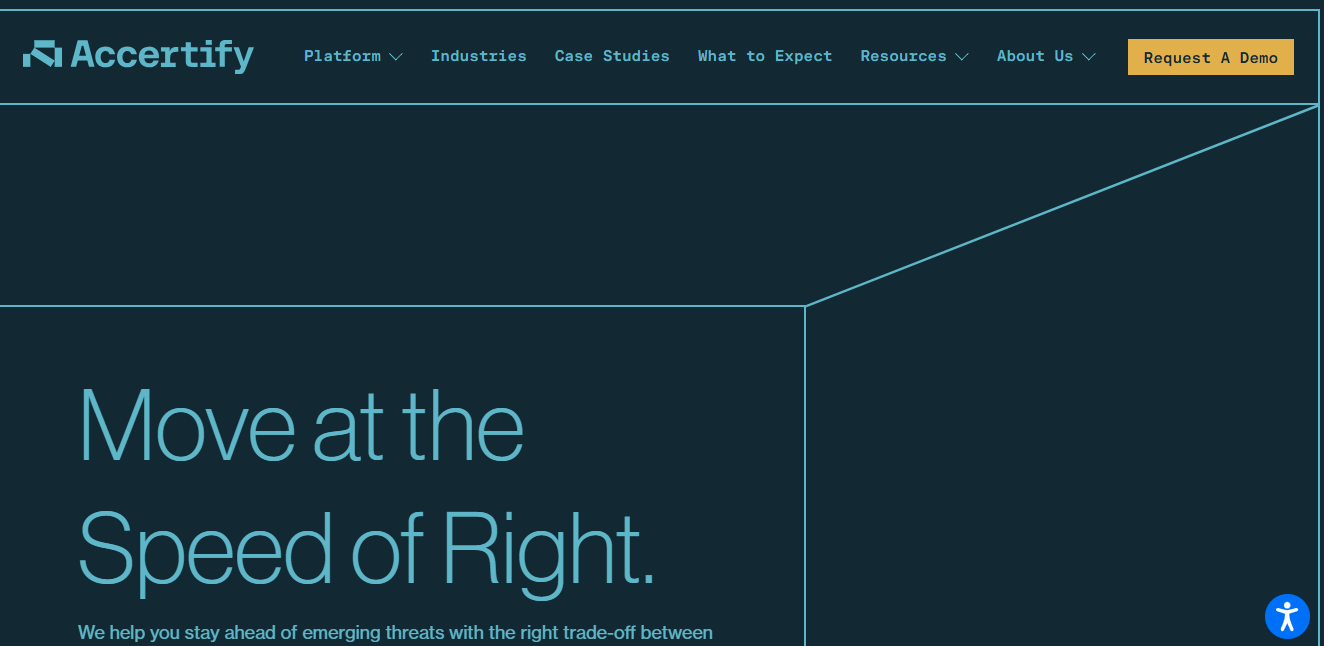
Accertify, which advertises itself as a genuine end-to-end fraud solution provider, is the fraud prevention tool used by the American Express firm. It includes chargeback management for those inevitable events as well as customer authentication and SCA optimization. Accertify is one of the prevention solutions that has the longest history among those that are currently available, having executed its first transaction approximately 15 years ago.
In fact, many of its clients were once brick-and-mortar businesses that later expanded into e-commerce and decided to turn to a well-known credit provider for their stability.Accertify Digital Identity is the name of the company’s primary mobile fraud detection tool. The machine learning algorithms consult databases of user behavior statistics from the community and device intelligence to determine how to categorize each user. Along with chargebacks and reputational damage.
Pros:
- Customizable scoring based on risk tolerance.
- Access to Amex’s network for extensive data points.
13. IAS (Integral Ad Science)
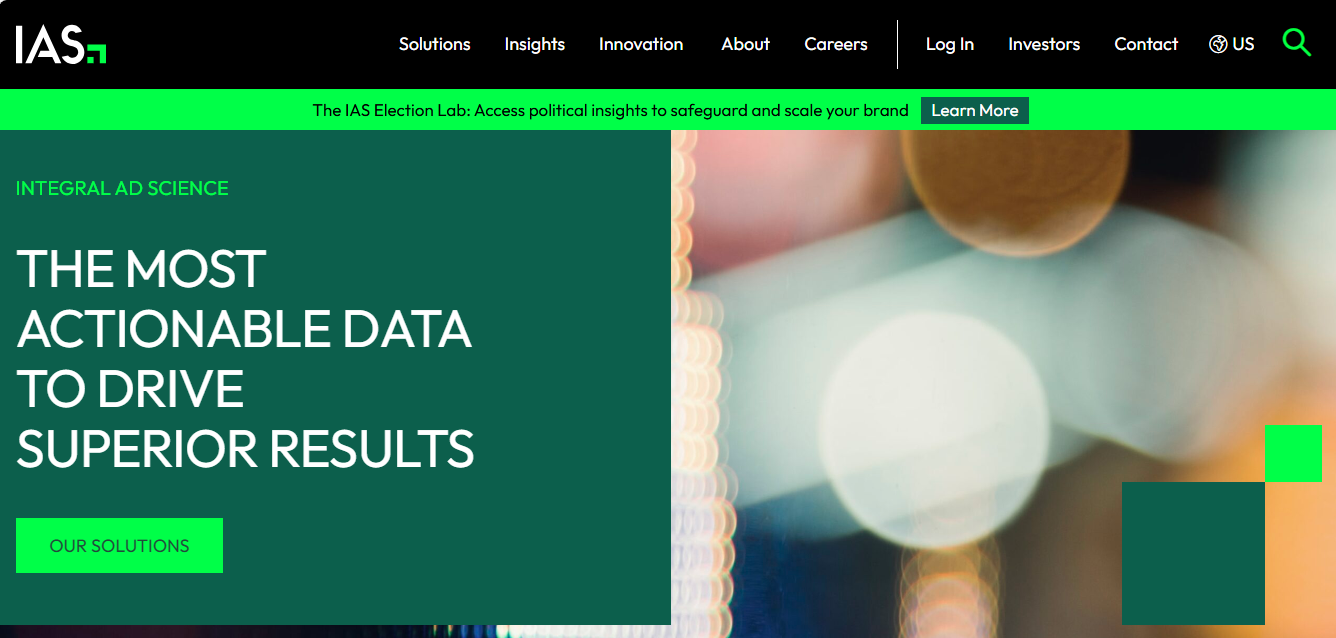
IAS (Integral Ad Science) was established in 2009 as an organization for ad verification. It is well known for addressing concerns with brand risk, ad fraud, and ad viewability. Its services are intended to protect publishers, advertisers, and agencies as well as the broader advertising sector from ad fraud. They’ve already teamed up with businesses like AOL, Adobe, and DoubleClick Ad Manager from Google to combat fraud.
True Advertising Quality, a service provided by IAS, awards points to sellers and purchasers based on factors including brand safety, ad fraud, content, structure, and view. Additionally, MRC has granted IAS accreditation for SIVT (Sophisticated Invalid Traffic) identification for desktop and mobile online traffic. IAS also offers a real-time solution for sending buyers certified inventory.
Pros:
- Industry-leading solutions for ad quality.
- Real-time certification for buyers.
14. White Ops
White Ops is a cybersecurity business that offers digital publishers and advertisers defense against ad fraud and related threats. Despite was founded in 2012. White Ops was just given MRC accreditation for sophisticated invalid traffic detection in 2016.White Ops’ two primary products are MediaGuard and FraudSensor, and the company has previously collaborated with The TradeDesk, Videology, and TripleLift. By removing non-human traffic from publishers’ inventory and preventing specific types of ad fraud, these tools allow publishers to sell their inventory without worrying about being blocked. White Ops also works in industries like travel, retail, financial services, and web security in addition to the ad tech sector.
Pros:
- Best-in-class bot detection technology.
- Comprehensive transparency in fraud detection.
15. Pixalate
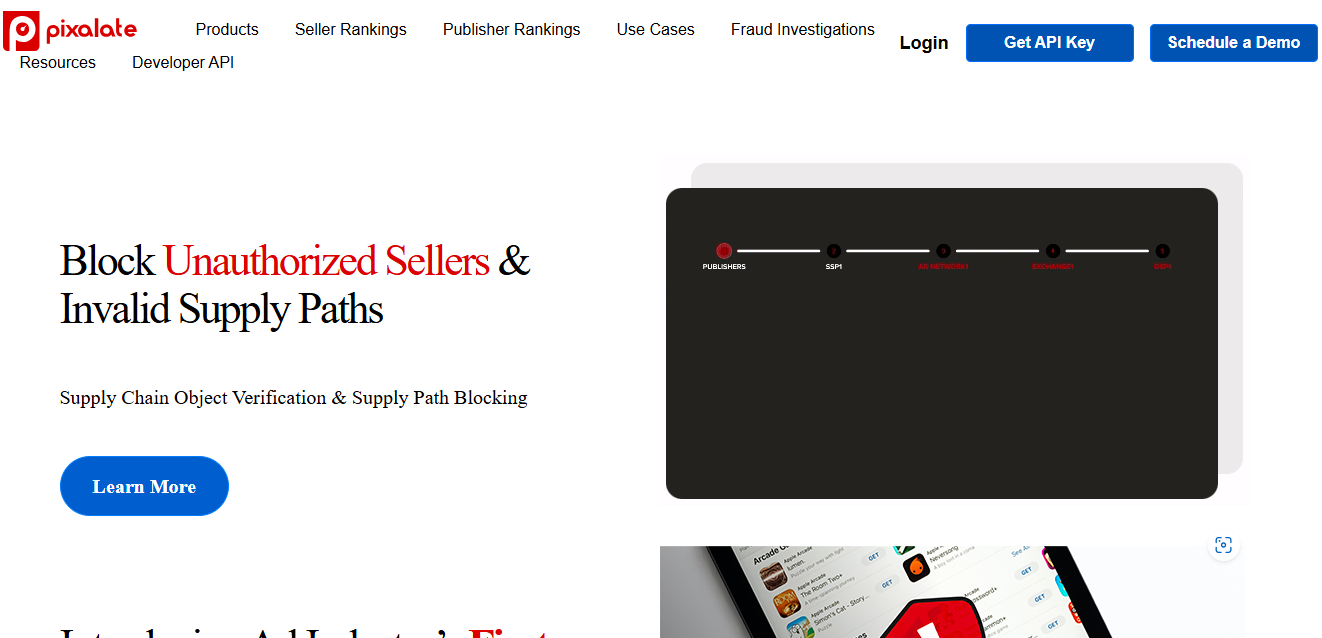
Another thorough ad fraud detection business, Pixalate, asserts that it combats over 15 different types of ad fraud. Along with other well-known brands, it collaborates with OpenX, OathandMobfox. Pixalate boasts of being the first business to receive MRC accreditation for the detection and filtration of invalid traffic. Their services are offered across display, app, and video platforms as they are a cross-channel fraud intelligence company that works with publishers to stop invalid traffic and enhance the quality of ad inventory.
Pros:
- Feature-rich, cross-channel fraud protection.
- Pre-bid analysis for early fraud detection.
Conclusion
Ad fraud remains a significant challenge in digital advertising, impacting budgets and campaign effectiveness. Using ad fraud detection tools is essential for protecting investments and ensuring genuine engagement. Each tool listed above offers unique features that cater to different fraud prevention needs, whether it’s click fraud, payment fraud, or bot detection. Choosing the right tool will depend on your specific requirements, industry, and budget.
Frequently Asked Questions (FAQs)
What is ad fraud?
Ad fraud refers to the manipulation of digital advertising metrics like clicks, impressions, and installs to generate fake engagement and revenue.
How do ad fraud tools work?
These tools detect patterns of fraudulent activity, such as bots generating fake clicks, and prevent such activities from impacting ad campaigns.
Why is it important to use ad fraud tools?
Ad fraud tools help protect your advertising budget, ensure genuine user engagement, and increase the ROI of digital ad campaigns.
Which ad fraud tool is the best?
The best tool depends on your specific needs, industry, and budget. Popular choices include SEON, Signifyd, and Kount.
Can ad fraud be completely eliminated?
While it’s challenging to eliminate ad fraud entirely, using the right tools can significantly reduce its impact and protect your ad spend.
